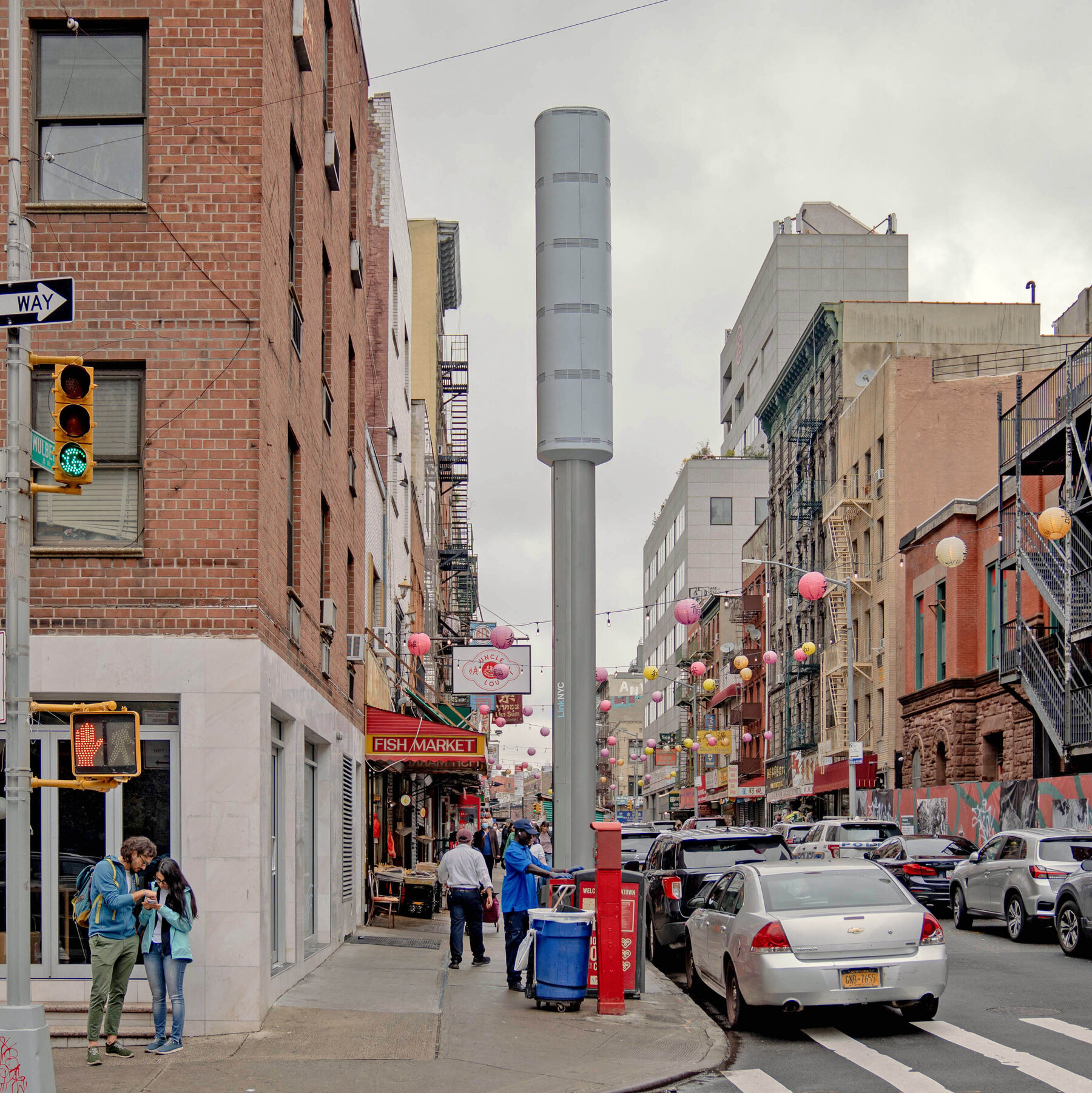The landscape of our food supply has undergone a dramatic transformation, with the rise of genetically modified organisms (GMOs) heralding a new era in agriculture. The official narrative extols the virtues of GMOs, citing benefits such as increased crop yields, disease resistance, and faster maturation. However, beneath this veneer of progress lies a web of concerns that challenge the very foundations of our food system.

As per the mainstream view, GMOs are hailed as a solution to feeding a growing population and combating agricultural challenges. The narrative emphasizes the safety and potential benefits of genetically modified crops, from herbicide-resistant soybeans to virus-resistant papayas. Yet, this rosy picture fails to capture the full scope of the risks posed by GMOs.
The pivot comes when we delve into the shadows of the GMO industry, where concerns raised by scientists, environmentalists, and health professionals paint a far more ominous picture. GMOs, with their potential to produce toxic substances, trigger allergies, and impact immune systems, represent a Pandora’s box of unknown consequences. The rapid adoption of GMOs in the absence of robust regulation raises serious red flags about the long-term impact on human health and the environment.
Building the case against GMOs reveals a troubling pattern of corporate influence and regulatory capture. The cozy relationship between biotech giants and government agencies has paved the way for the unchecked proliferation of GMOs in our food supply. Names like Monsanto, Syngenta, and Bayer loom large in this narrative, wielding immense power over agricultural policies and public perception.
The implications of this unchecked GMO expansion are profound, touching every aspect of our lives. From compromised food safety and environmental degradation to the erosion of consumer choice and health risks, the true cost of GMOs is incalculable. Those most affected are often the most vulnerable – farmers facing crop contamination, consumers unaware of what they’re eating, and ecosystems teetering on the brink of irreversible harm.
In closing, the intent behind the GMO agenda becomes clear: profit and control at any cost. The means – manipulation of scientific research, suppression of dissenting voices, and manipulation of regulatory frameworks – all serve to advance the interests of a select few at the expense of the many. The opportunity to reshape our food system in a truly sustainable and equitable manner is being squandered in favor of short-term gains and corporate dominance.
Looking ahead, the trajectory we are on with GMOs is a perilous one. As we stand at the crossroads of our food future, the choice we make today will reverberate for generations to come. It is up to us to demand transparency, accountability, and a fundamental reimagining of our relationship with the food we eat. The stakes are high, but the potential for a healthier, more resilient food system is within our grasp.

